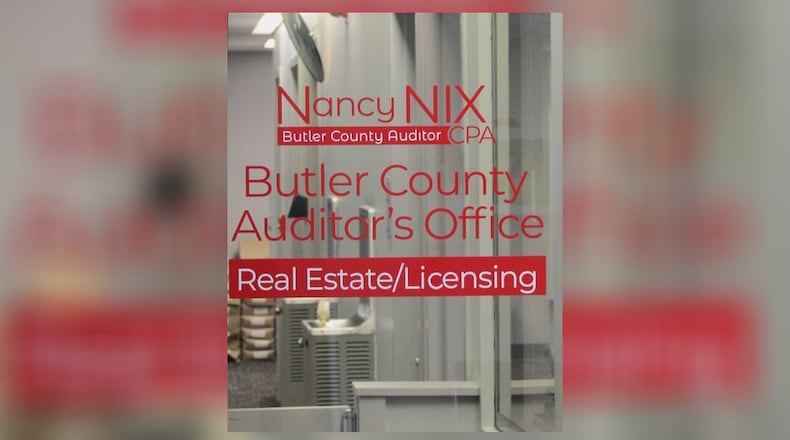From 2007 to 2013, all seniors were eligible for the exemption regardless of income, the law changed, grandfathering current recipients but setting a $30,000 income limit going forward. Today, the income threshold is $40,000.
“The one significant difference between the state and local option homestead exemptions is that, in order to qualify for a local option exemption, a homeowner must meet the income threshold applicable to non-grandfathered homeowners,” an analysis of the budget bill reads. “In other words, someone who has over $40,000 in income but qualifies for the standard state homestead exemption would not be eligible for a local option exemption.”
The Homestead exemption shields the first $28,000 of a property’s value from taxation, and the homeowner must be at least 65 years old or permanently and totally disabled. Disabled veterans and surviving spouses of veterans killed in the line of duty have no income limit.
Nix said her office has mailed the income verification forms to the “grandfathered” Homestead beneficiaries, and they are due Dec. 1.
“All of these people that were grandfathered in have never had to be reviewed for income,” she said. “So I think there will be a lot of unhappy people.”
Nix told the Journal-News that while they are verifying income for those 8,000 grandfathered recipients — and may have to disqualify some — their state-paid benefit will not be disturbed.
The commissioners recently approved a two-pronged $20.1 million tax break for next year, including the doubled Homestead benefit, that was initially estimated to save taxpayers roughly $7.6 million. Since some people will be ineligible due to their income, that number is no longer valid. Nix said at this stage she has no way of discerning how many people will be disqualified.
The commissioners are also rolling back about half their inside millage, saving all taxpayers roughly $100 per $100,000 of home value.
The Homestead piggyback provision was the only property tax reform measure in the biennium budget Gov. Mike DeWine didn’t veto. The state budget also gives county commissioners the authority to essentially double the state-funded 2.5% owner-occupancy credits but the commissioners are only deploying Homestead exemption.
Rep. David Thomas, the former Ashtabula County auditor and architect of property tax reform for the House Republican leadership, introduced the idea in House Bill 335 prior to budget negotiations.
He said while the income verification wrinkle will disqualify some people, it will benefit the target group the legislature is trying to help.
“This is still helping the vast majority who are on Homestead,” he said. “It’s much more refined, dialed-in and targeted savings for those recipients.”
Butler County was the first county to enact the Homestead benefit and the County Commissioners Association of Ohio is keeping tabs on which counties are offering their residents tax breaks. According to the CCAO tally, Holmes and Lorain counties have also approved the piggyback Homestead exemption, Erie, Medina, Richland and Warren are considering the move.
About the Author
